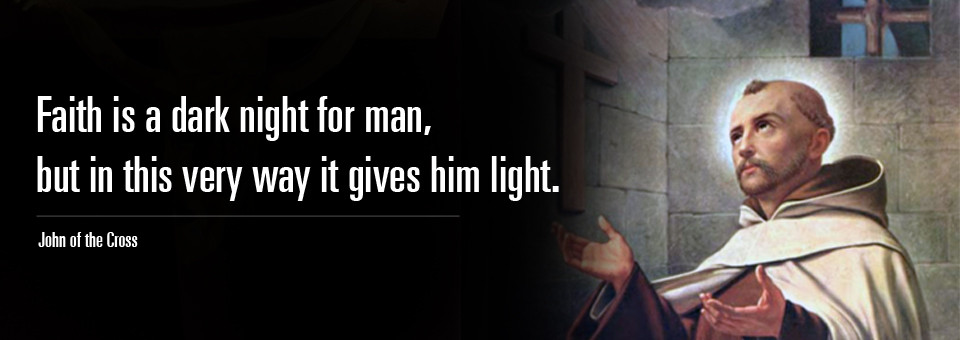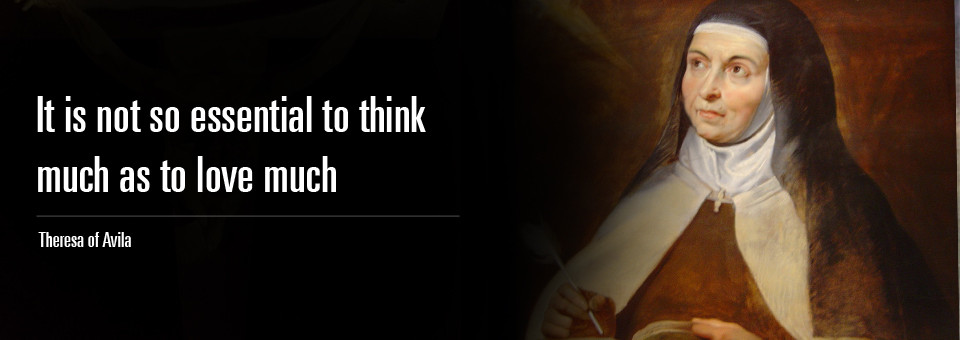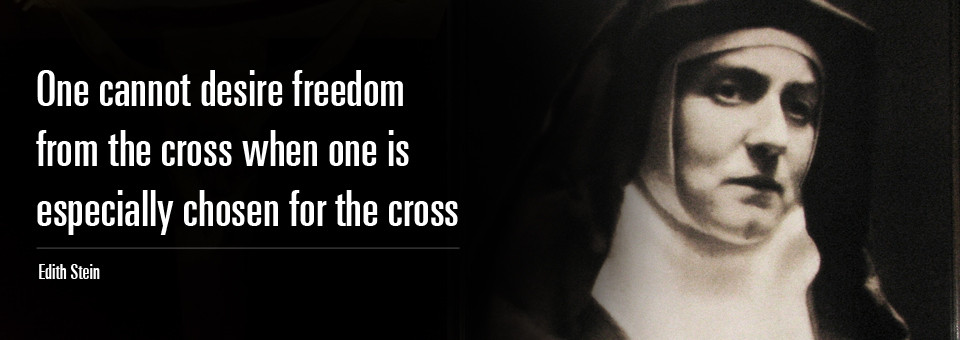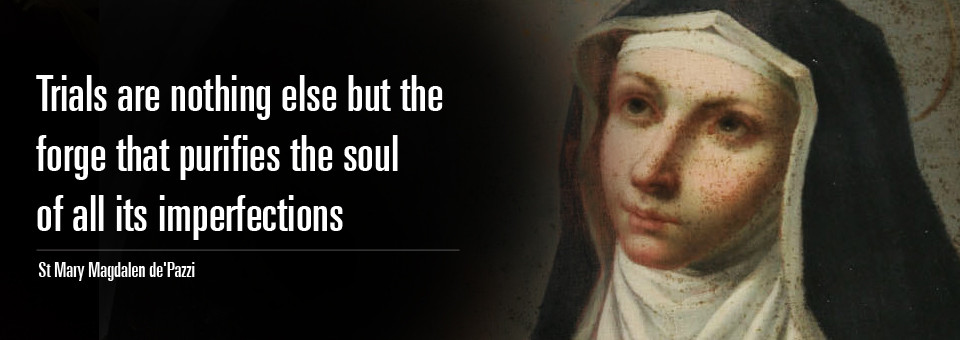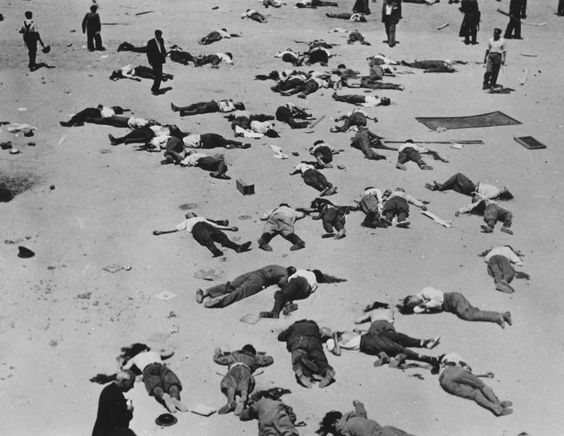
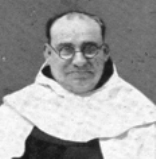 Martyrdom of Fr. Lucas Fr. Lucas of St Joseph Pujol was born Dec. 14, 1872 in Spain and worked as a Discalced Carmelite priest in Tucson from 1915 to 1924, when he returned to Spain. The political ambiance was gradually simmering on an anticlerical attitude since the assassination of General Miguel Primo de Rivera who had established a military dictatorship. The republican government, headed by President Manuel Azaña, had passed laws and restrictions including the confiscation of church property and the prohibition of clergy from teaching in public schools. When the monarchy had been overthrown by the exile of King Alfonso XIII and with the republican government established for a second time in 1931, churches in Madrid and in Andalucia were burned.Fearful that the government would lose popular support, police authorities were unwilling to stop the destruction. In the new republican government, the Catholic Political Party (CEDA) demanded representation. However in 1934, leftist groups responded with a rebellion by killing thirty-four priests, brothers, and seminarians in the mining area of Asturias. By election time in February 1936, the Popular Front Party, comprised of liberals, socialists, and communists with anarchist support, had taken power over the government. In July, the military rose up against the Popular Front government, which in turn called the working-class organizations to bear arms in response.
Martyrdom of Fr. Lucas Fr. Lucas of St Joseph Pujol was born Dec. 14, 1872 in Spain and worked as a Discalced Carmelite priest in Tucson from 1915 to 1924, when he returned to Spain. The political ambiance was gradually simmering on an anticlerical attitude since the assassination of General Miguel Primo de Rivera who had established a military dictatorship. The republican government, headed by President Manuel Azaña, had passed laws and restrictions including the confiscation of church property and the prohibition of clergy from teaching in public schools. When the monarchy had been overthrown by the exile of King Alfonso XIII and with the republican government established for a second time in 1931, churches in Madrid and in Andalucia were burned.Fearful that the government would lose popular support, police authorities were unwilling to stop the destruction. In the new republican government, the Catholic Political Party (CEDA) demanded representation. However in 1934, leftist groups responded with a rebellion by killing thirty-four priests, brothers, and seminarians in the mining area of Asturias. By election time in February 1936, the Popular Front Party, comprised of liberals, socialists, and communists with anarchist support, had taken power over the government. In July, the military rose up against the Popular Front government, which in turn called the working-class organizations to bear arms in response.
The uprising turned into a civil war and thereby began what one historian called “the greatest clerical bloodletting in the entire history of the Christian Church.”
Carmelites in Barcelona at the onset of civil war. The friars at the Carmelite monastery in Barcelona, located at the corner of LIuria Street and Diagonal Avenue, were still asleep at 4:30 Sunday morning when suddenly they were awakened by shouts and banging at the door.
On that morning of July 19, 1936, the quiet streets of Barcelona had turned into a battlefield when nationalist troops were sent to secure the cross streets between Paseo de Gracia and Diagonal.The troops were ambushed between Callis and Llüria Street by republican assault guards and city militia. The civil war had come to Barcelona. The sounds of horrible gun fire and the militia shouting “Viva Ia Republica” and “Viva el Ejercito” grew louder and louder. The banging at the door was increasingly frantic— shouting through the door that the wounded needed care. The monastery door was opened and infantry men from the Santiago cavalry barged in bringing with them several armed soldiers.
The community had rapidly set up an infirmary in the largest room in the monastery close to the entrance. They had laid the wounded on mattresses that the friars had taken from all their cells. Food was scarce for so many inside, but the friars made sure that the wounded and fatigued were well nourished, even if it meant abstaining from food themselves. Soldiers from the infantry continued to storm into the monastery bringing weapons and ammunition and placing themselves in strategic areas throughout the compound and turning the Carmelite monastery into a military fort.
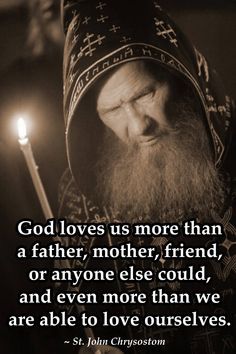 An American reporter, Magan Laird, was vacationing with her family at an apartment across from the monastery when she heard what sounded like firecrackers and rockets. But when she looked out of her apartment and found no one coming out, she knew something was wrong: “The first sign of life is a private car coming rapidly up Calle Lluria … It stops in the next block in front of the church and monastery of the Carmelites. Two assault guards get out hurriedly, grasp the rifles in firing position, and station themselves behind a tree. At the same moment, I see other assault guards running, rifles in their hands, down the diagonal, another block away … There is a crackle and a puff of smoke from the tower of the Carmelite church. In the street below, an assault guard, sheltered behind a tree knoll, raises his rifle and fires … this is no fiesta. This is war.”
An American reporter, Magan Laird, was vacationing with her family at an apartment across from the monastery when she heard what sounded like firecrackers and rockets. But when she looked out of her apartment and found no one coming out, she knew something was wrong: “The first sign of life is a private car coming rapidly up Calle Lluria … It stops in the next block in front of the church and monastery of the Carmelites. Two assault guards get out hurriedly, grasp the rifles in firing position, and station themselves behind a tree. At the same moment, I see other assault guards running, rifles in their hands, down the diagonal, another block away … There is a crackle and a puff of smoke from the tower of the Carmelite church. In the street below, an assault guard, sheltered behind a tree knoll, raises his rifle and fires … this is no fiesta. This is war.”
The cavalry had set a perimeter with soldiers on the bell tower, on windows inside the cells, and church areas. Laird recounts, “From time to time the air is torn with their sharp pum-pum-pum … Suddenly the drone of an airplane motor is heard directly above our heads. In a minute the plane itself dips into our line of vision, flying high and circling above the Carmelite church. There is the sharp rattle of machine guns from the plane. They are firing at random on the streets and houses below.”
In the midst of this chaos, the whole Carmelite community was able to celebrate Sunday Mass and pray the Divine Office. As evening drew near, the wounded were transferred to the library where they would be safer and make more space for the incoming troops from the street. “Cars are passing more frequently in the streets—beautiful cars, luxurious limousines, and open sport models, polished and shining—the cars of the wealthy, filled now with men and soldiers in shirt sleeves, firing constantly as they careen wildly through the streets. All of them have painted letters on the sides — FAI and CNT …“The streets finally fell quiet late Sunday night. Inside the monastery, as it was forbidden to light any lamps, many soldiers rested in the pews, refectory, sacristy, and basement.
The Carmelites did not go back to their cells but attended to the needs of the soldiers and prisoners who had been captured by the military. “The night air is very cold … here and there, among darkened buildings of the city, rises a column of white, heavy smoke. They are burning the churches. Off to the right, and elevated on a little hill, one church stands up like liquid gold against the night.”Early Monday morning, the friars celebrated Mass in the middle of gunfire, which was heavier than Sunday.
Throughout the morning, many officers and troops inside came to the Carmelites to be enrolled in the Scapular of Our Lady of Mt. Carmel. With no reinforcements to relieve the soldiers, it was a matter of time before they could no longer hold down the monastery. Seeing that surrender was inevitable, the Carmelite community gathered in the church and knelt before theBlessed Sacrament. Fr. Lucas, the provincial, proceeded to distribute all the consecrated hosts to be consumed. Shortly after this, everyone was alerted that there was an agreement to surrender, with the condition that the lives of the officers, the troops, the wounded, and the religious be spared. For safety, the Carmelites were told not to wear their habits outside, One friar recalls: “We took off our Carmelite habits and clothed ourselves in civilian attire … all of us were ready to die after having received the Sacrament of Reconciliation and the Eucharist.”
Laird continues: “Presently, in the top of the bell tower, the white flag is run up. Instantly the streets are filled with cheering mobs. The police are powerless to hold them back; they surge against the church, shaking their fists, dancing with rage. Many carry lighted torches.” The mob had infiltrated the monastery by breaking doors and windows. The civil guard was able to give some of the friars a safe passage outside, but the mob became so uncontrollable that there was no longer any guarantee for their safety.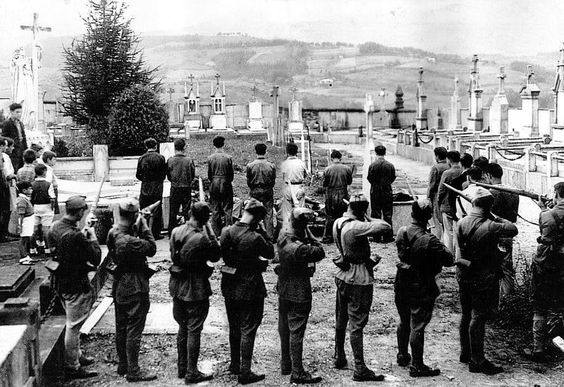
Some friars tried to escape by blending with the crowd, but for some it was no use. Fr. Jorge of St. Joseph and Bro. Juan Jose of Jesus were killed as soon as they were discovered to be friars. Martyrdom of Fr. Lucas Witnesses testify to seeing Fr. Lucas as he came out of the monastery through the smaller door adjacent to the tower bell with his face covered with blood, his head bandaged with a colored handkerchief, and accompanied by two civil guards. The mob wanted to lynch Father, but the soldiers forced them back telling them they wanted to take him to the authorities.
As they approached Diagonal Avenue, one of the civil guards with him said, “I gave you my word that I will save your life.” From a distance, however, a patrol shot the guard in the head killing him. The other soldiers fell back as the mob grew restlessly violent.Fr. Lucas crossed Diagonal Avenue alone under fire and took refuge before a large portal. A patrol, armed with two rifles, pushed him ruthlessly onto the Avenue. The patrol approached him again striking him on the head with rifle butts.
Fr. Lucas was ordered to walk down the Avenue and “with an uncertain gait, he staggers slowly down the Diagonal, his palms joined before his breast praying.” After walking a few yards, he was shot from behind and fell to the ground. Wounded, Fr. Lucas was able to crawl some distance before he died near a small oak tree in front of a doctor’s clinic on Diagonal Avenue. Fr. Lucas was lying on the ground with his face turned to the Carmelite monastery until 8 o’clock that night when a Red Cross ambulance from Lluria Street came to take away the body.
Fr. Eduardo of the Child Jesus Masip y Soler was born on April 20, 1897 in Torms, Lerida, Spain. He worked as a Discalced Carmelite priest throughout the Americas, including Tucson from 1921 to 1930. Fr. Eduardo, who was prior of the community in Tarragona at that time, was preaching a novena to Our Lady of Mt. Carmel to the Carmelite nuns in Tiana, for it was a custom at that monastery to begin the novena on the 16th. On the feast day of St. Elijah (July 20), Fr. Eduardo received news of the war and urged the nuns to be ready to leave the cloister.
By mid-morning, they saw their neighbouring church on fire and rapidly changed into civilian clothes and left the cloister safely.. Outside, before they parted to take refuge at family homes, the nuns knelt for a blessing from Fr. Eduardo who told them that this could be their last meeting—“until we meet again in heaven.” Frs. Gabriel and Eduardo took refuge at the home of the Noruega family.
The fathers found a welcoming and loving home where they could feel protected. Perhaps such notion of safety and optimism made the priests less cautious and fearless of their surroundings. The priests would secretly go to the nuns to celebrate Mass for them until it became too dangerous. At 6 o’clock in the evening of July 25, as the priests and family were at home, they saw about thirty militia men running in formation past the house with more riding in privately-owned vehicles. Some of them surrounded the Noruega’s house and entered through the door demanding to register and inspect the household. Mr.. Noruega, realizing that the inspection might cost the lives of the priests, asked them what to do. Fr. Gabriel suggested that he tell them they were just friends of the family.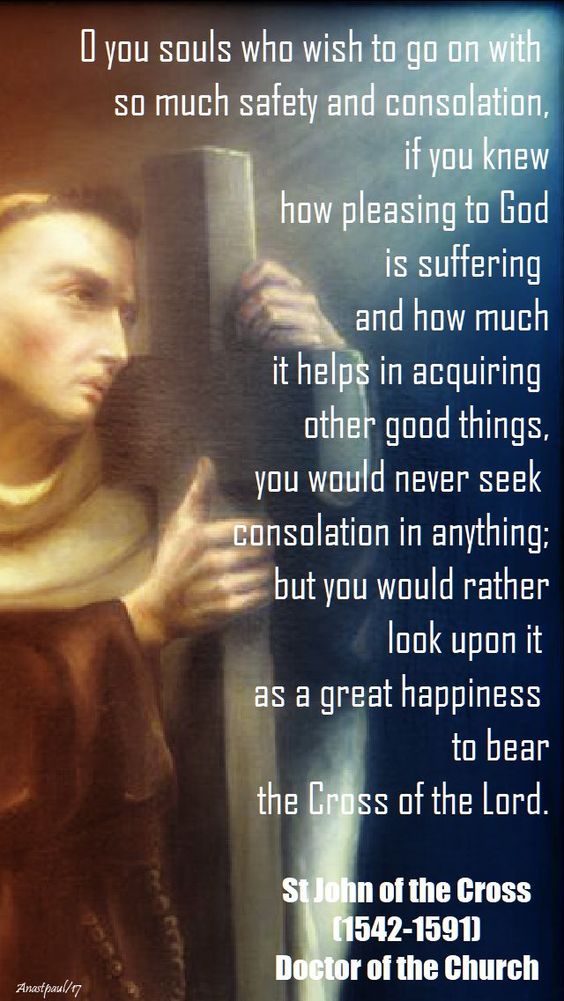
However Fr. Eduardo with great fervour and courage strongly disagreed and said that they should know who they were. As the militia interrogated the family and turned to the priests, these words were heard: “Yes sir! We are two Discalced Carmelite friars!” They seized them immediately and took them to headquarters. The friars were transferred to a large truck where a woman armed with a rifle directed them on board.
That was the last time they were seen. It is speculated that their bodies were buried in common graves perhaps near the town of Montcada. Fr. Eduardo died at the age of 39.
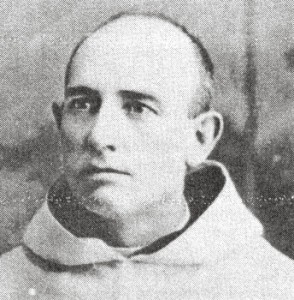 Martyrdom of Fr. Pedro Fr. Pedro of St. Elijah Aguiluz was born on February 22, 1867 in Barajuen-Aramayona (Alava), Spain. He worked as a Discalced Carmelite priest in the Tucson area from 1911 to 1930, at which time he returned to Spain. At the monastery in Tarragona on July 21, the critical time arrived with news that the Anarchist (FAI) were coming to the city from Barcelona. For Fr. Pedro, the time came to take action and protect the lives of his novices. He directed them to go in pairs to the different homes of friends who lived on the outskirts of the city. The novices and the rest of the friars had abandoned the monastery by 6:30 that evening.
Martyrdom of Fr. Pedro Fr. Pedro of St. Elijah Aguiluz was born on February 22, 1867 in Barajuen-Aramayona (Alava), Spain. He worked as a Discalced Carmelite priest in the Tucson area from 1911 to 1930, at which time he returned to Spain. At the monastery in Tarragona on July 21, the critical time arrived with news that the Anarchist (FAI) were coming to the city from Barcelona. For Fr. Pedro, the time came to take action and protect the lives of his novices. He directed them to go in pairs to the different homes of friends who lived on the outskirts of the city. The novices and the rest of the friars had abandoned the monastery by 6:30 that evening.
At a distance, they could hear and see the pealing of bells coming from the monastery of the Capuchins, which was being consumed by fire. Fr. Pedro was able to find refuge in an orchard that belonged to a group of religious sisters. Disguised as an old worker, friends warned him that he was not inconspicuous enough and was advised to leave instead. He went to the Carmelite nuns and celebrated Mass for them on July 22. Later that evening, he returned to the monastery only to find part of the building was in flames, except the canopy that housed the main statue of Our Lady of Mt.. Carmel, which was still intact. He secretly hid it one of the rooms; but when the militia returned for a second thrashing, they found the hidden statue and destroyed it.
Fr. Pedro left the war-torn site to find refuge nearby in families’ homes. It was too late. Several of them no longer wanted to host any priest for fear of being arrested and killed for doing so. Fr. Pedro spent a few nights in the streets until he was able to join two other Carmelite friars who were taking refuge with a large family. After eighteen days had passed and still in hiding, the family faced serious hardship since the eldest son, who worked, was out of a job; and with no income and shortage of food in the city, tensions grew inside the house. The militia’s constant warning through the radio and city loudspeaker about harboring priests were an added stress. It was enough to push the eldest son to go to the militia’s outpost and make a declaration regarding the religious in his house.
On August 6, three assault guards arrived and arrested Fr. Pedro and two other friars, Fr. Elipi and Bro. Damián, taking them to a prison ship. On November 11, 1936, the three Carmelite were brought out of the ship and taken to Torredembarra were they were made to stand against a cemetery wall and with their hands tied together, were shot and thrown into a common grave. Their bodies were found and exhumed in the 1940’s and were buried in the renovated Carmelite monastery in Tarragona under the altar of St. Elijah.
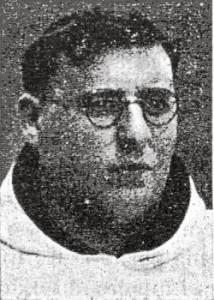
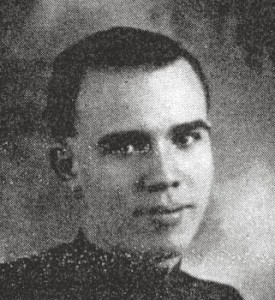 Martyrdom of Fr. Vicente and Brother Angel Fr. Vicente of the Cross Ibanez was born on September 29, 1908 in Vallat in Castellon de la Plana, Spain. He worked as Discalced Carmelite priest at Holy Family Church in Tucson USA from 1934 to 1935, and then returned to Spain. Bro. Angel of St. Joseph Ruis was born on October 20, 1896 in Espulga de Francoli near Tarragona, Spain. He worked at Santa Cruz Church here in Tucson USA from 1921 to 1934, and then returned to Tarragona, Spain.
Martyrdom of Fr. Vicente and Brother Angel Fr. Vicente of the Cross Ibanez was born on September 29, 1908 in Vallat in Castellon de la Plana, Spain. He worked as Discalced Carmelite priest at Holy Family Church in Tucson USA from 1934 to 1935, and then returned to Spain. Bro. Angel of St. Joseph Ruis was born on October 20, 1896 in Espulga de Francoli near Tarragona, Spain. He worked at Santa Cruz Church here in Tucson USA from 1921 to 1934, and then returned to Tarragona, Spain.
When the monastery in Tarragona was abandoned, Fr. Vicente found shelter at the home of Mr. Eloridieta, a Secular Order Carmelite. It was probable that his life would have been spared had the militia not been led to him by Bro. Angel who went to Mr. Eloridieta’s house to warn them of an impeding house inspection. Although Bro. Angel was relatively safe in hiding at a warehouse, he risked being seen every time he went outside, because many people in town knew him as the porter of the monastery. On July 25, his sense of duty combined with his restless personality drove him out from his refuge, despite the warnings of the danger outside. Unknown to him, Bro. Angel was being followed by patrols and, upon arriving to the home of Mr. Eloridieta, both friars were apprehended and taken to the headquarters of the Workers’ Party of Marxists Unity (POUM). While being transferred to a prison ship, they were shot under a railroad bridge near the port of Tarragona on July 31. Their bodies were found three days later and taken to a common grave.
If you want to read more, go to https://discalcedcarmelitefriars.com/aboutus/saints.php
